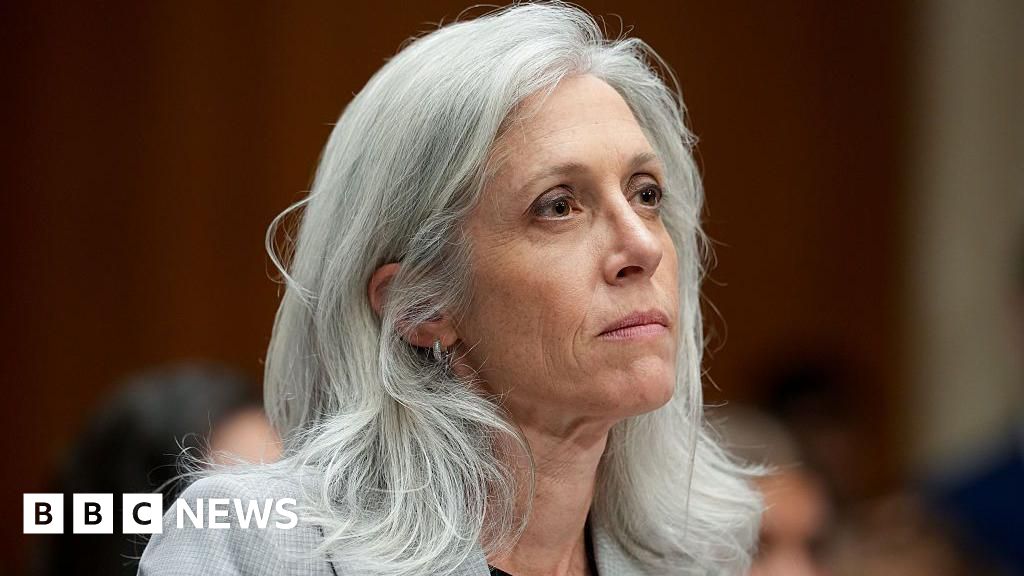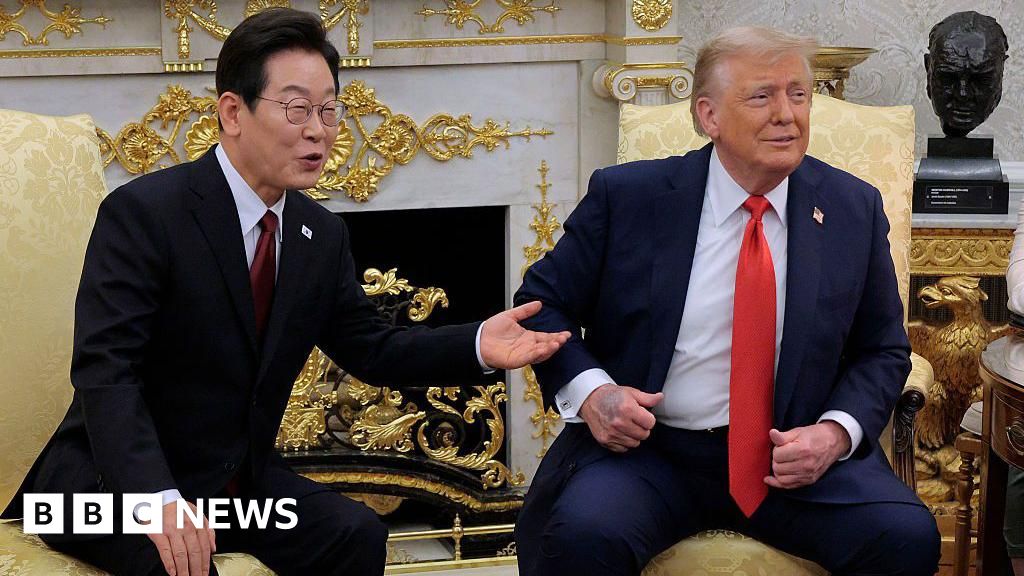In an innovative embrace of renewable energy, President Jimmy Carter installed 32 solar panels on the White House roof in 1979, marking a historic effort in promoting energy independence. This move was made during a turbulent period when the U.S. faced oil supply issues due to an embargo from Arab nations, prompting Carter to champion solar power as a sustainable alternative. At the dedication ceremony, he remarked, "No one can ever embargo the sun or interrupt its delivery to us," highlighting his commitment to combating energy crises through renewable resources.
However, this pioneering initiative faced challenges when the panels were removed in 1986 under President Ronald Reagan during roof renovations. The panels, deemed obsolete by the administration, found a new lease on life when they were sold to a small college in Maine. For years, they continued to generate power, illustrating the practical applications of solar energy, even after leaving the grandeur of the White House.
The legacy of those solar panels extends beyond their physical dispersion and includes a broader movement towards renewable energy that has gained traction over the decades. Ernest Moniz, former energy secretary under President Obama, reflected on Carter's progressive vision, affirming that "there’s no doubt Jimmy Carter was well ahead of his time."
Today, remnants of Carter’s vision can be traced globally, as these original panels have traveled far and wide—from educational institutions in the U.S. to various energy projects in China—spreading awareness and practicality of solar energy. The journey of these panels serves as a testament to the long-term impacts of early renewable energy initiatives and the ongoing dialogue about energy dependence and sustainability in American politics.


















